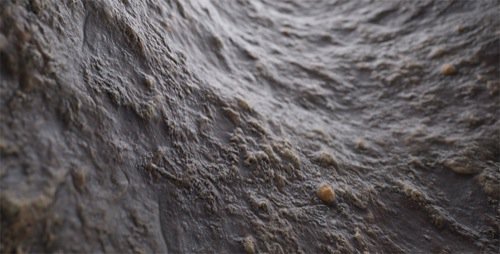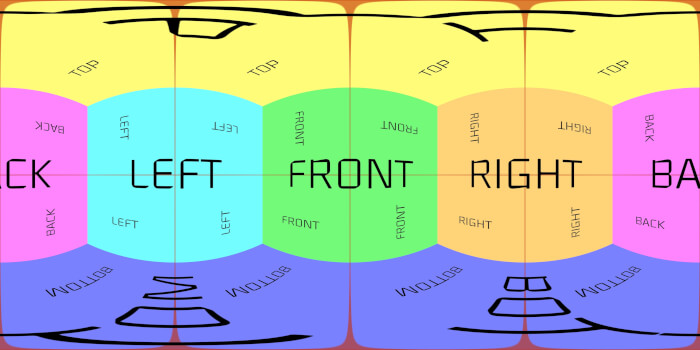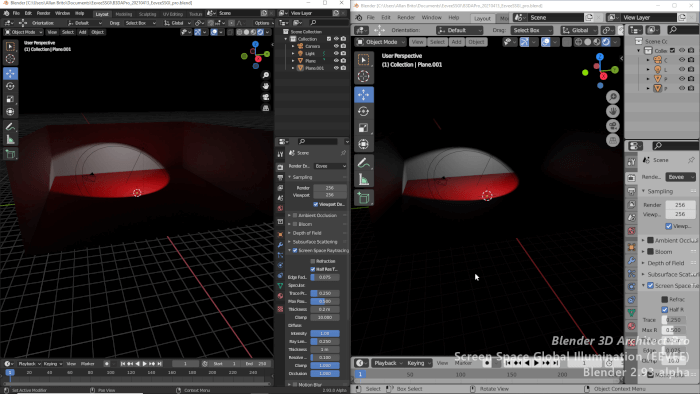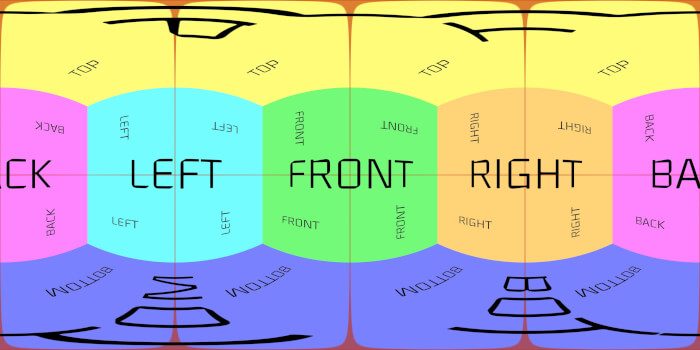
If you make a quick search on news and tutorials related to rendering and materials, you probably will notice that PBR (Physically based render) is a hot subject. Everyone seems to be talking about this kind of rendering because we can work with that on Cycles.
What is exactly PBR? If you never heard of that, we can summarize PBR as a technique that will use realistic shading and lighting, to improve your renders. By using measured surface values on materials, you get a much closer result on your shading based on the “real” behavior of the material.
Do you want to download some free PBR materials and textures? A new resource for this type of material is Free PBR. They have a focus on game developers, and you will notice that quite fast because all materials are either for Unity or Unreal Engine. Follow this link to visit the library.

But, since all materials require some textures you can also extract them from all materials. And they will give you a PNG file with a 2048×2048 resolution, which is pretty nice.
The collection of free PBR materials and textures are not exactly large in number at this time, but they promise to add more surfaces with time. If you are working on real-time visualization with Blender and some of those engines, a collection like this one is a must-have.
Not only you will get some great textures to use with Cycles, but also ready to use shaders for Unity and the Unreal Engine. And according to their licensing, you can use all textures and materials on commercial projects.





